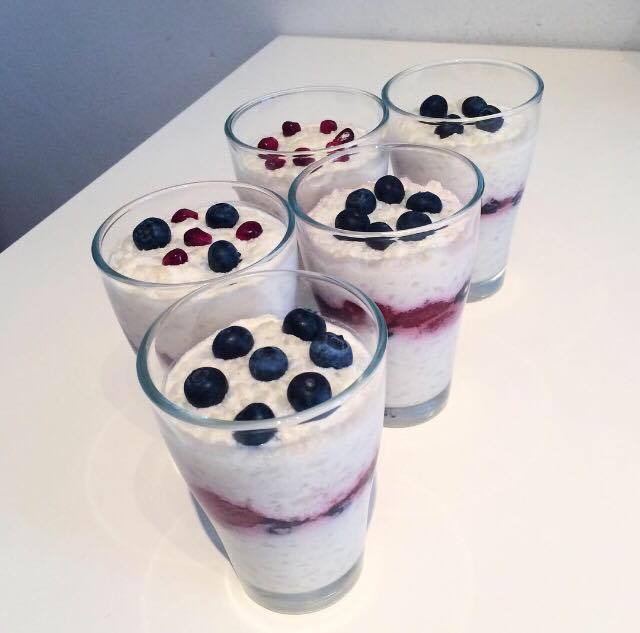Food: Science Picture Challenge #2 - Treat your Berries carefully
The sensitivity of healthy ingredients in berries

Berries contain a whole series of scientific and nutritionally interesting components. Hence it is important to process such fruits as gently as possible to maintain high levels of the intact compounds, like:
- ... act as reducing agents,
- ... bind metal ions, hence push detoxification processes,
- ... modulate our gut microbiology and therefore
- ... reduce the risk for neurological diseases, cancer, strokes and
- ... even help against obesity.
All berries contain polyphenols, what makes berries the richest source of antioxidants.
Interesting compounds of berries are Tannins, Anthocyanins, Flavonoids or Hydroxybenzoates. The latter are contained in a very high amount in cranberries. However, all these substances are no longer stable as soon as they exit the intact cell interior:
- pH increase leads to destabilization and degradation of Anthocyanins.
- Atmospheric oxygen allows oxidative degradation.
- Non-physiological conditions lead to a loss of the sugar residue attached to Flavonoids and Anthocyanins, which mediates their solubility.
When processing berries to various products such as juice it is of major importance to care about the used conditions. Therefore high temperature treatment is replaced by very high pressure treatment, what results in an extended shelf-life of the sensitive substances. Since the average consumer does not like to read the technologically correct description “high pressure processed” they are called “cold pressed” for marketing reasons only.
In summary, it can be stated that frozen, whole berries are probably the best way to preserve the valuable ingredients in the longer term.
mountain.phil28
Reference:
- Information are taken from a lecture of Dr. Luke Howard.
Department of Food Science, 2650 Young Avenue
University of Arkansas, Fayetteville, AR 72704
Hi.
I actually work with polyphenols in some of my projects. A little correction here:
"Tannins, Anthocyanins, Flavonoids" ARE polyphenols ;-)
Anthocyanins are a subgroup of flavonoids, and flavonoids are a subgroup of polyphenols ;-)
Holy moly thx for pointing this out. :D Correction carried out! :)
Good catch! Do you know if the polyphenols contribute to berries rich color. I know that molecules with high electron activity like in phenols normally are colorful.
yes, the intense blue/redish color of berries and other fruits (e.g. eggplants) is primarily caused by anthocyanins that accumulate in their epidermis.
Oh cool. This gives me an idea for more research because if I'm not mistaken melinin is polyphenolic aswell... Seems important
It is, yes, but I'm quite shure the chromophore (color-giving functional group) is different.
Haha cold pressed olive oil is what I used to hear in the recent years
Great info. Thanks so much for sharing ; and i followed you with my hope to be good followes with more succeed